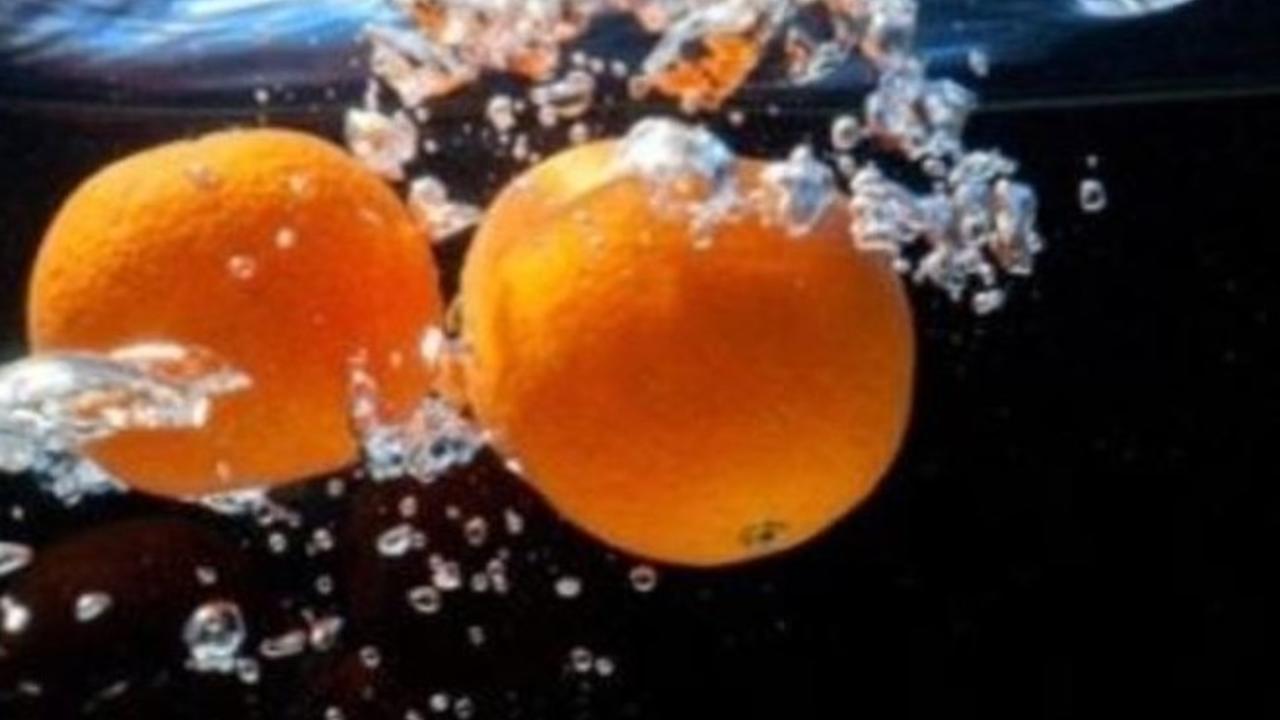
Does your food need a bath?
Apr 09, 2020Does your food need a bath?
The CDC says coronavirus survives poorly on food, but Timothy Newsome, an associate professor at the University of Sydney and a specialist in infectious disease and viruses, insists that ‘every surface is a hazard’ and that includes fruit and vegetables.
I do not know who is right, but I do know that followers of the late Dr. Hazel Parcells (1889-1996) have been giving baths to their fruits, vegetables and other foods for decades. Dr. Parcells recommended this not only for food safety but for food energy. The Doctor, after all, was a big believer in the maxim “it’s not the food in your life, but the life in your food.”
The food bath Dr. Parcells recommended, surprisingly enough, relies on regular (original formula) Clorox-brand household bleach. No generic brands and no “fresh smelling” additives allowed.
Clorox is widely known as“chlorine bleach,” but it’s actually a dilute solution of sodium hypochlorite and water. This has a powerful oxidizing effect that includes the killing of bacteria, viruses, fungi and algae. In the process 95 to 98 percent of the hypochlorite solution breaks down into salt and water. But it’s what happens to the remaining 2 to 5 percent that concerns health conscious people and other skeptics.
Given the fact that fumes from the Clorox container can irritate eyes, nose, throat and lungs, it’s hard to believe that this food bath isn’t toxic.
Those who’ve tried the food bath, however, swear by it. Food looks better, tastes fresher and lasts longer. Even cut flowers live better longer. Ann Louise Gittleman, PhD; Linda Lancaster ND; and other students and followers of Dr. Parcells are fans.
While their endorsements might not have convinced skeptics in the past, fear of coronavirus is leading many who formerly sat on the fence to reconsider. The issue, after all, is not just coronavirus but a possible shortage of fresh organic, biodynamic and pastured foods. Should we be forced into eating commercial, factory farmed foods, these will need to be cleared of herbicides, pesticides, waxes, as well as all manner of bacteria, viruses and fungi.
The idea first came to Dr. Parcells in the early 1950s at Sierra States University in California when she decided to try to revive some shriveled up and discolored old lemons. She filled a sink with water, added a bit of Clorox bleach and dumped the lemons in. Soon after the lemons plumped up and smelled and tasted fresh.
Further testing showed that the lemons were free of bacteria, viruses and fungi as well as pesticide or herbicide residue. Although generic brands have similar ingredients, Dr. Parcells’ research led her to recommend only Clorox brand and only in the original formula. She never approached the Clorox company for consent or advice, and was never paid for her research or recommendation. The Clorox Company has never endorsed using its products in this way.
Dr Parcells’ recipe calls for soaking foods using one teaspoon of regular brand Clorox per gallon of water. The timing varies according to the type of food as follows:
- Leafy vegetables — 5-10 minutes
- Root and heavy-fiber vegetables — 10-15 minutes
- Thin-skinned berries — 5 minutes
- Heavy-skinned fruits — 10-15 minutes
- Eggs — 20-30 minutes
- Thawed meats per pound — 10 minutes
- Frozen meats per pound — 15-20 minutes
After the soak, remove the food and then give it a 5 minute clear water rinse
Not ready to use Clorox? Prof. Newsome recommends washing your groceries with soap and water. Soap after all can deactivate viruses by dissolving their fat membrane. In an interview with the UK Daily Mail, he said the best course of action would be to wash your fruit and vegetables with soap as soon as you bring them home and to not rely on the high heat of cooking. “Wash them with warm soapy water, just as you do your hands.”
What do you think? What do you plan to do? Weigh in with a comment below.


